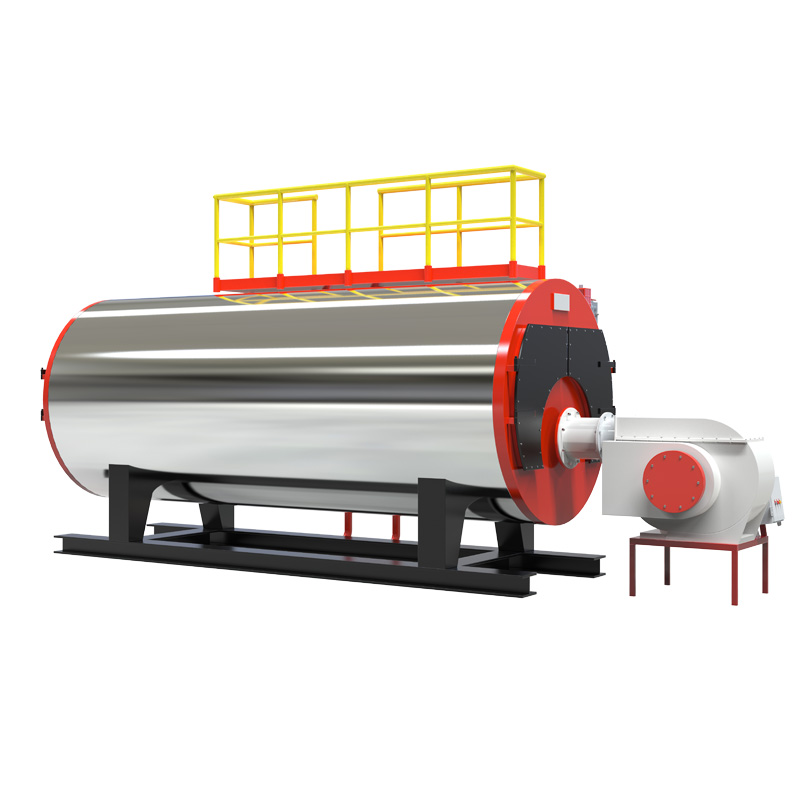
Sep . 07, 2024 17:54 Back to list
Natural Gas Steam Furnace
Natural Gas Steam Furnaces Efficient Heating Solutions
Natural gas steam furnaces are an essential component in many heating systems, providing efficient and reliable warmth for homes and commercial spaces. These systems harness the power of natural gas to generate steam, which then flows through a network of pipes and radiators, distributing heat evenly throughout the environment. In this article, we will explore the workings, advantages, and considerations of using natural gas steam furnaces.
How Natural Gas Steam Furnaces Work
The operation of a natural gas steam furnace is relatively straightforward. At its core, the furnace burns natural gas in a combustion chamber. This combustion process generates heat, which is used to heat water in a boiler. The heated water converts into steam, which is then released into the heating system. The steam travels through pipes, reaching radiators that radiate heat into the surrounding air. Once the steam cools and condenses back into water, it returns to the boiler to be reheated, completing the cycle.
Advantages of Natural Gas Steam Furnaces
One of the primary advantages of natural gas steam furnaces is their efficiency. Natural gas is considered one of the cleanest fossil fuels, producing fewer emissions compared to other materials like oil or coal. This not only benefits the environment but also helps homeowners reduce their carbon footprint. Furthermore, natural gas is often more affordable than other heating fuels, making it a cost-effective choice for many.
Another significant benefit is the comfortable heat produced by steam. Unlike forced air systems that can create drafts, steam heating provides a steady, consistent warmth that many find more comfortable. The use of radiators allows for a gentle heating method that is less likely to disturb dust, improving indoor air quality.
natural gas steam furnace

Natural gas steam furnaces are also relatively low maintenance. With fewer moving parts compared to conventional systems, they experience less wear and tear. Regular inspections and maintenance can help prolong their lifespan, which typically ranges from 15 to 30 years.
Considerations When Choosing a Natural Gas Steam Furnace
While there are many advantages to using natural gas steam furnaces, there are some factors to consider before making a decision. Installation can be complex and may require professional assistance. Proper sizing is crucial to ensure efficiency and effectiveness; an undersized system may struggle to heat a space adequately, while an oversized unit may lead to unnecessary energy consumption.
Moreover, safety should always be a priority. Natural gas is a flammable substance, so having a properly functioning carbon monoxide detector can provide peace of mind. Regular maintenance, including checking for leaks or malfunctions, is essential to ensure safe operation.
Lastly, it’s important to consider local regulations and availability of natural gas. In some regions, access to natural gas may be limited or prohibited, which would necessitate exploring alternative heating options.
Conclusion
Natural gas steam furnaces offer an efficient, effective, and environmentally friendly heating solution for many households and businesses. By understanding how they operate and weighing the pros and cons, consumers can make informed decisions about their heating needs. Whether you are building a new home or looking to upgrade your existing system, natural gas steam furnaces present a reliable option worth considering.
-
High-Efficiency Commercial Oil Fired Steam Boiler for Industry
NewsJul.30,2025
-
High-Efficiency Biomass Fired Thermal Oil Boiler Solutions
NewsJul.30,2025
-
High Efficiency Gas Fired Thermal Oil Boiler for Industrial Heating
NewsJul.29,2025
-
High-Efficiency Gas Fired Hot Water Boiler for Sale – Reliable & Affordable
NewsJul.29,2025
-
High Efficiency Biomass Fired Hot Water Boiler for Industrial and Commercial Use
NewsJul.29,2025
-
High-Efficiency Biomass Fired Hot Water Boiler for Industrial Use
NewsJul.28,2025
Related PRODUCTS






















